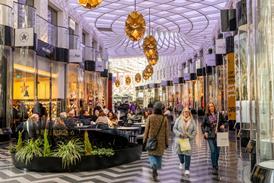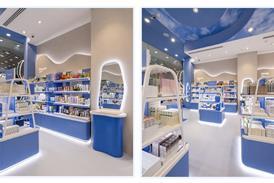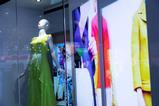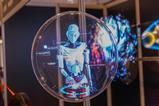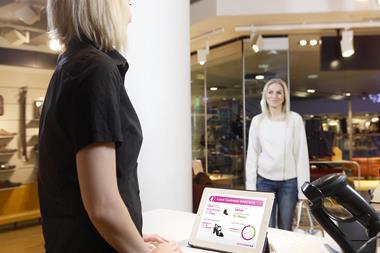Florian Rotberg, chairman of the Digital Signage Summit, outlines his highlights from a recent round table held by Integrated Systems Europe.
Ahead of the 2018 Integrated Systems Europe event in Amsterdam, a panel of experts gathered to talk about the challenges faced by retailers.
Technology in a retail environment encompasses so much more than large digital signage screens; content must be engaging, ever-changing and relevant.
Many retailers recognise the need for technology within physical stores, as well as for online experiences, but face challenges when knowing how to best deploy these systems.
Digital touchpoints
The feel, smell and sounds of the store all influence customers. The change of scope to omnichannel experiences requires seamless integration of technology, from digital signage to electronic shelf labels. This also increases the customer experience in all areas of the retail space.
Fitting rooms are a great example of this. Historically, retailers have overlooked these spaces, using the fitting rooms and surrounding area to store additional stock.
“Many retailers recognise the need for technology within physical stores, as well as for online experiences, but face challenges when knowing how to best deploy these systems”
These spaces can now benefit from intuitive technology. With magic mirror screens installed, technology can upsell products by ordering different sizes to the fitting room, while a clever use of adaptive lighting and RFID readers can change the fitting room lighting to suit an outfit.
There are also display solutions that can show 360-degree views and those that can superimpose clothes on to the customer’s image.
Trends in digital technology
Typically, retailers look to overhaul store design around every eight years, yet digital technology moves much quicker than that.
It is important to stay up to date and coordinate with architects, visual merchandisers, IT and marketing professionals. To ensure this translates to a successful retail model, retailers need a bridge between the two – someone who understands the customer and the technology, what solutions are available and what they can be used for.
“Retailers look to overhaul store design around every eight years, yet digital technology moves much quicker than that”
Analytics in retail
Today, the technology exists to measure consumer analytics, but the difficulty arises in the processing of the gathered data.
Artificial Intelligence (AI) could play a major role in analysing consumer patterns. Humans are much more complex than their gender and age, and the scope for wider interaction through AI technology means retailers need to be flexible in their ability to act on the data.
Truly integrated audio-visual (A/V) technology can change how people experience the world around them.
As the largest A/V show in the world, ISE is the best place to learn from leading retail experts and technologies exhibiting at the event, and find out more about the latest retail solutions.
ISE 2018 runs from February 6-9, 2018, at the RAI Amsterdam, and will once again welcome a half-day Digital Signage Summit to the show, where attendees can discover more about integrated solutions and how to engage customers in more innovative and flexible ways.
To find out more about ISE 2018 and the Digital Signage Summit event, visit iseurope.org
Retail Week readers can gain free access to the show by using this exclusive code during registration: 401747






